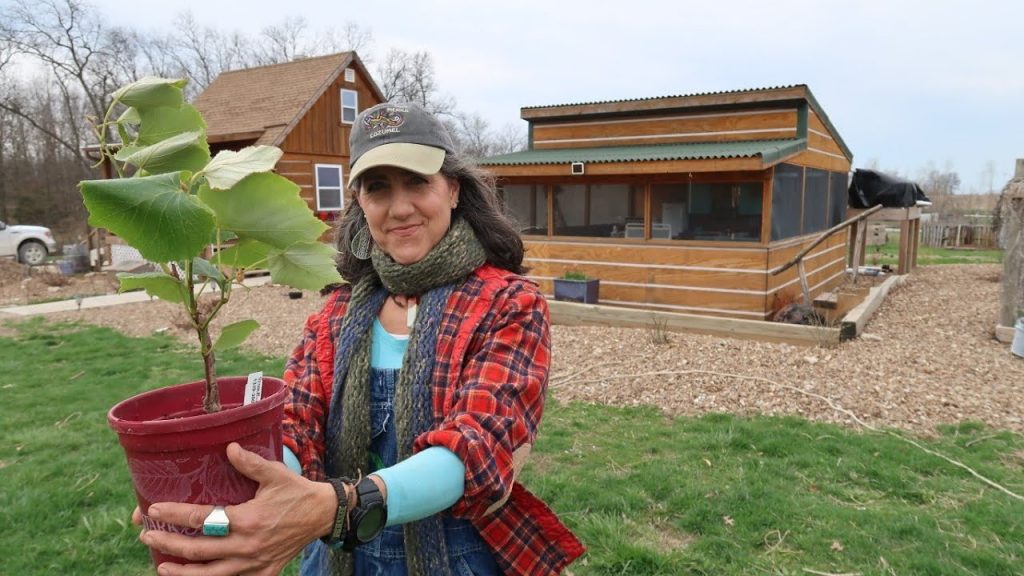Brewing Beer from Dirt and Grass

Brewing beer with grass and dirt as the main ingredient?
Not sure how this is going to taste, but join me on my journey to brew a thirst quenching beverage the way it was done way back when!
What is the process for selecting and using soil and grass in beer brewing?
Brewing Beer from Dirt and Grass: A Novel Approach to Creating Unique and Sustainable Beverages
The world of craft brewing has always been about experimentation and pushing the boundaries of what is possible with beer. From sour ales to hoppy IPAs, there is always something new and exciting being produced by creative and innovative brewers. However, a recent trend has emerged that takes things to a whole new level: brewing beer from dirt and grass.
The idea of using soil and plants to make beer may sound strange at first, but it is actually a logical and sustainable approach to brewing. Historically, beer was made from ingredients that were readily available and abundant in the surrounding environment. With the rise of industrialization and the globalized economy, brewers started using standardized ingredients that could be sourced from anywhere in the world. This led to a loss of regional identity and a homogenization of beer styles.
By returning to local ingredients, brewers can create unique and distinctive beers that reflect the terroir of their region. Using dirt and grass as ingredients is a way to embrace the local environment and celebrate the natural resources available. In addition, these ingredients are often overlooked and undervalued, making their use in brewing a way to reduce waste and promote sustainability.
The process of brewing beer from dirt and grass is not simple, but it is achievable with the right approach. The first step is to collect a variety of soil samples from different locations in the region. These samples are then tested to determine their mineral content and nutrient levels. Depending on the results, the brewer can identify which soils are most suitable for brewing and which may require amendments or adjustments.
Once the soil is selected, the brewer can begin to experiment with different grasses and plants to use in the beer. This can include anything from wildflowers and herbs to grains and hay. These ingredients are added to the beer during the brewing process, either in the mash or as a dry hop addition.
The result of brewing beer from dirt and grass is a unique and complex flavor profile that is deeply connected to the local environment. The soil and plant matter add earthy, herbal, and grassy notes to the beer, creating a flavor that truly reflects the region. In addition, the use of local ingredients promotes sustainability and reduces the carbon footprint of the brewing process.
One example of a brewery experimenting with this approach is Scratch Brewing Company in Southern Illinois. They have been using a variety of locally sourced ingredients, including soil, mushrooms, and nettles, to create innovative beers that reflect the biodiversity of their region. Their beers have won multiple awards and gained national recognition for their creativity and sustainability.
Brewing beer from dirt and grass may not be a mainstream trend yet, but it is an exciting development in the world of craft brewing. By using local ingredients and embracing the natural resources available, brewers can create unique and sustainable beers that celebrate the diversity of their region. As more breweries experiment with this approach, we may see a resurgence of regional beer styles and a closer connection between the beer and the land it comes from.










Why Real Truffles Are So Expensive
13 Fashion Trends That Will Be OUT OF STYLE in 2019
Inside a $75M Lake Tahoe Mansion with a Hillside Tram | On the Market | Architectural Digest
The German island with a population of 16
Cyclops and Ghost Sharks | Most Bizarre Sharks Of The Midnight Zone